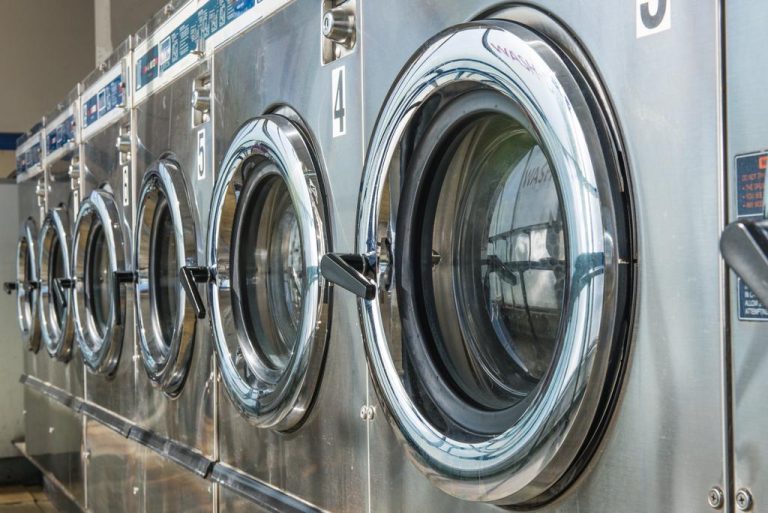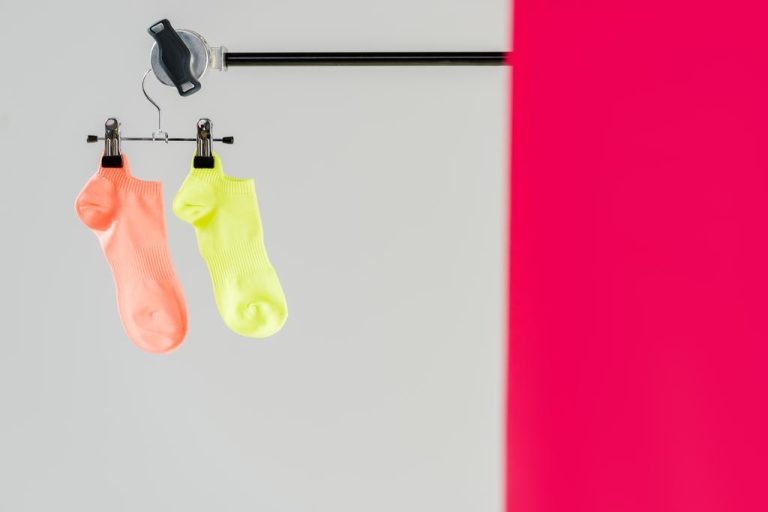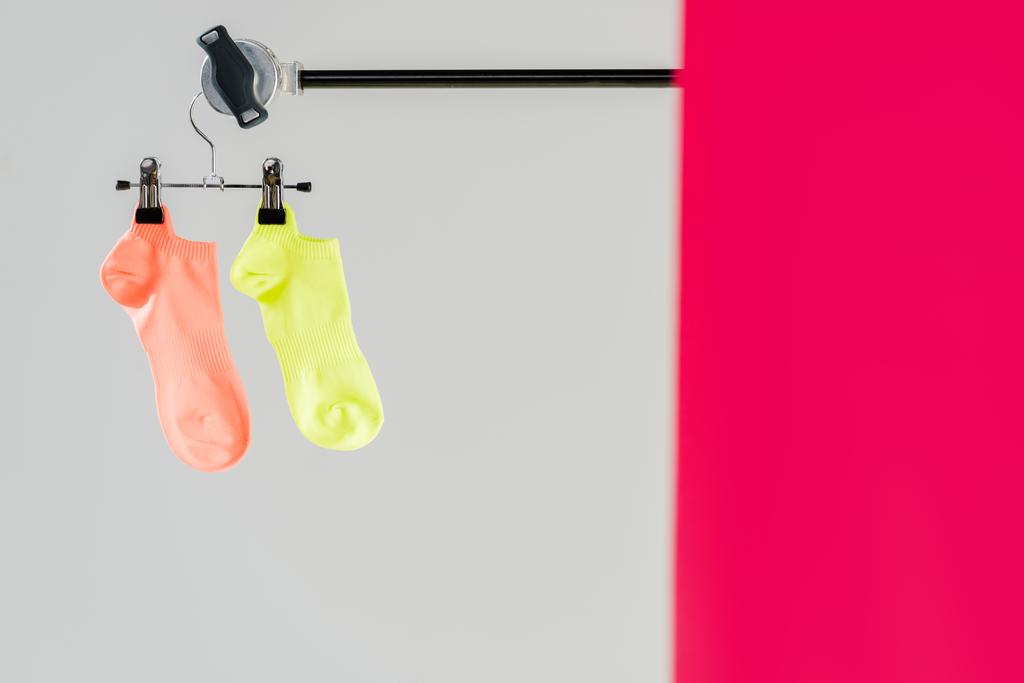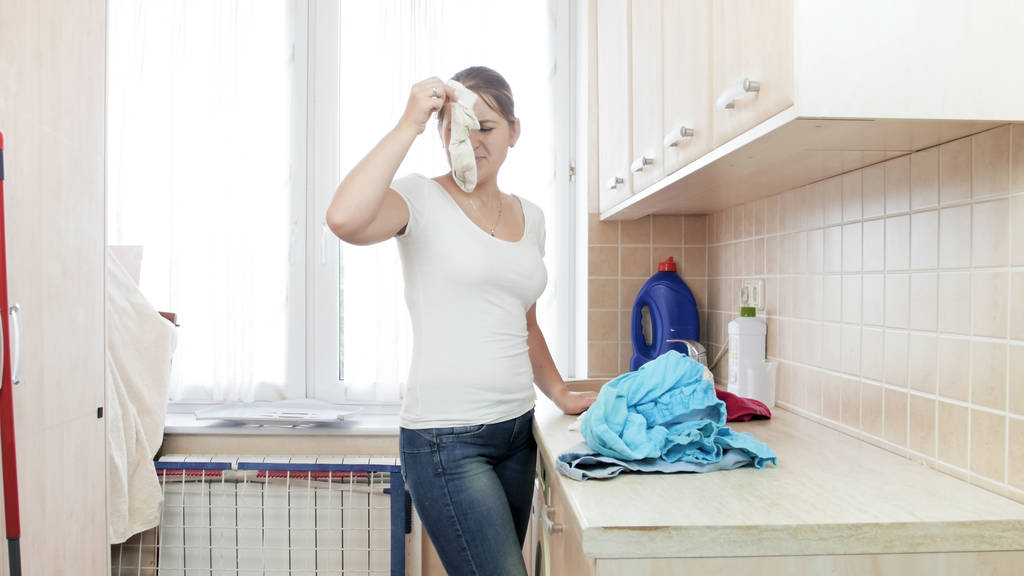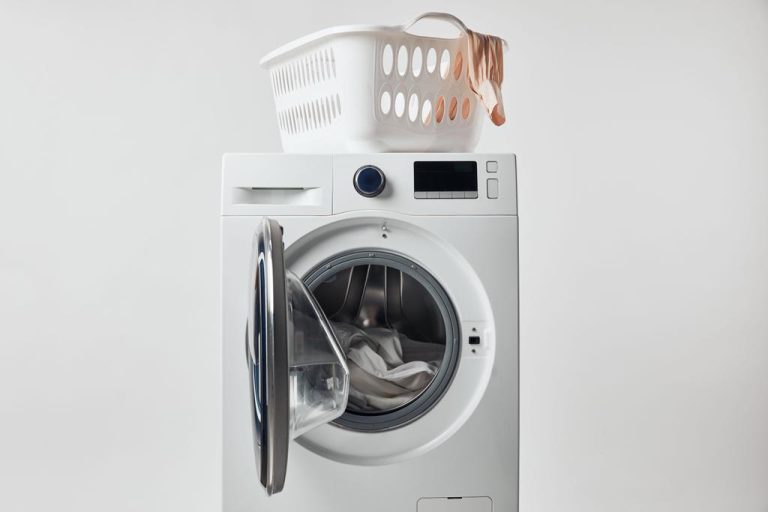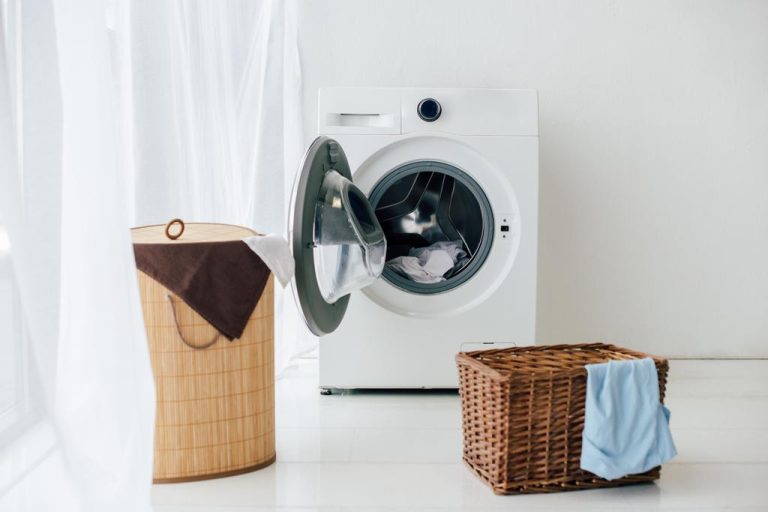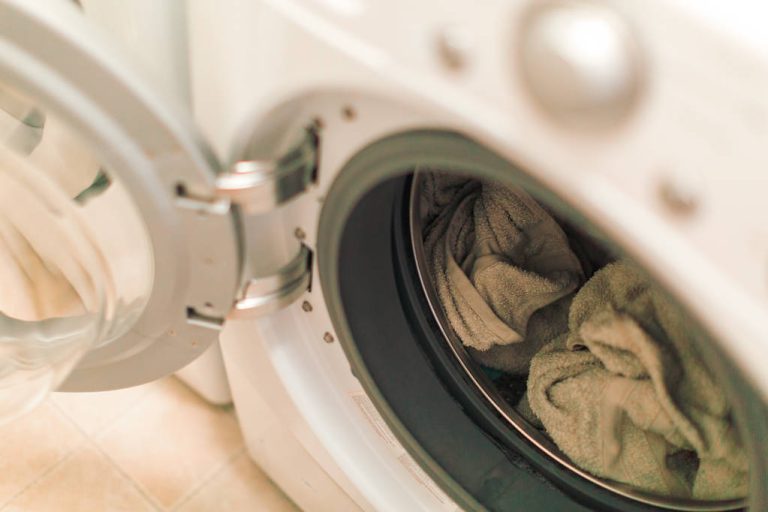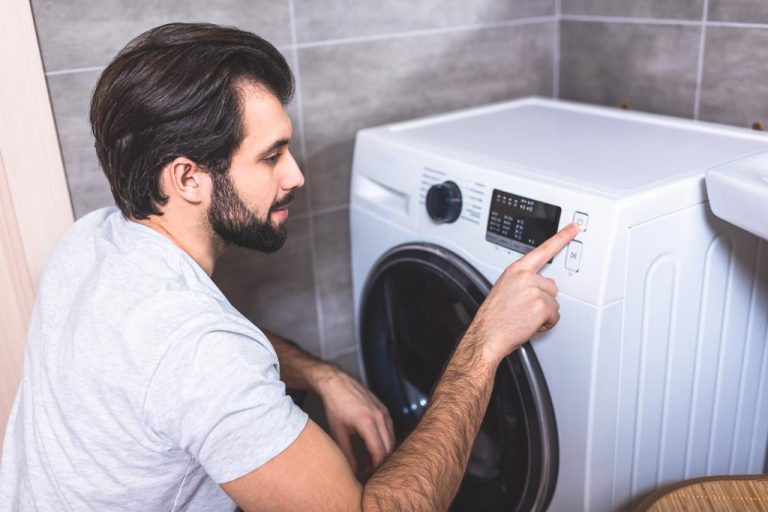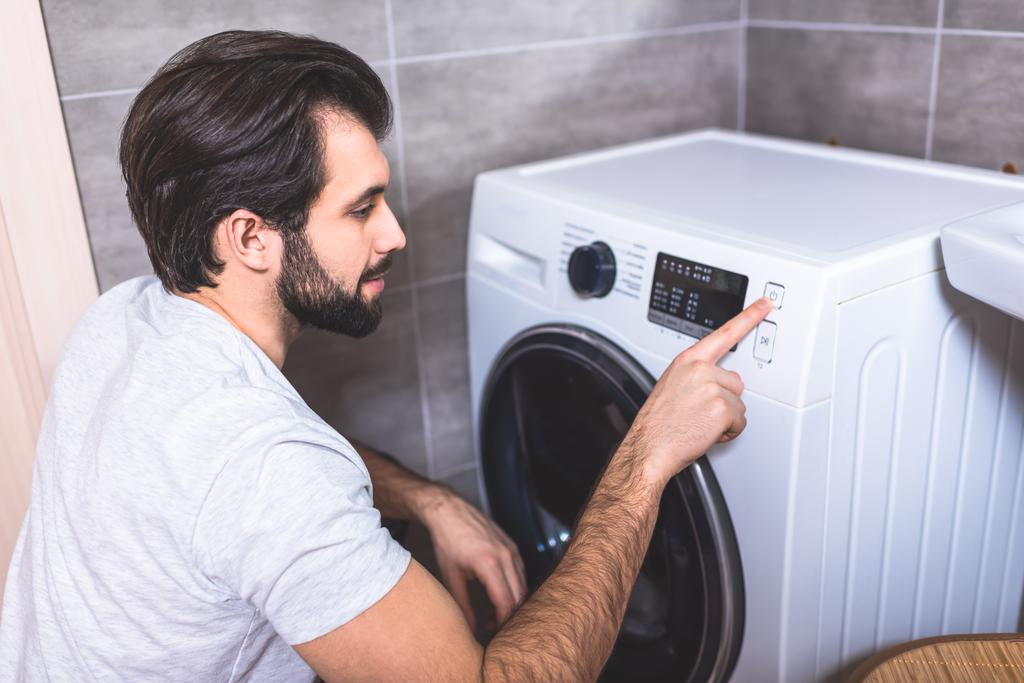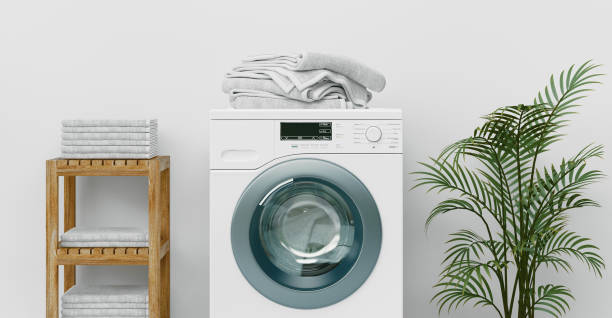You put a load of laundry in the washing machine. At first everything works perfectly, but then: The washing machine no longer drains. What has to be done now?

Washing machine won’t drain: what you can do now
Sometimes a few little tricks or checks help. First of all: does the machine have electricity? Simple but not negligible. Just turn it off and on again. Are the lights on the machine lit? If not, is the plug in correctly? The next easy step is to check the fuses in the fuse box. If not, these can be reactivated, but this may indicate an electrical problem in the wiring system and may require investigation.
Most modern washing machines have a display. Looking at it can help one identify a possible problem if an error code is displayed. Depending on the manufacturer, this code consists of various lines, a pictogram or a combination of letters and numbers. You can then check this code in the operating instructions or on the manufacturer’s website and narrow down the error.
You can also help yourself without an error code by performing some fairly simple checks. If you set the machine to “pump out”, just listen to see if the pump is running. Does she rattle? Or makes strange noises? Then it may be defective. However, if it sounds normal, the drain hose could be the first cause. Due to the vibrations, it can happen that it is kinked. That could be the cause. Or it can be a button, a coin or something else that prevents free flow. You can check this yourself with a little skill. You pull it out of the pipe into which it ends, possibly unscrew it on the machine. Then, if you pour water in at one end, it should flow out at the other end. If this is not the case, remove the blockage, screw it back on and try it out. It may also be necessary to place the hose in a water bath that has been enriched with a fat-dissolving agent to remove deposits. A compressor and a lot of air can also be helpful. Just blow it out.

Still not pumping? Now it gets a little more difficult
Another problem can be a clogged lint filter. This separates the pump from the drain area and should be cleaned at least once a month. On most machines, this screen is located behind a flap at the front. You open this, then you can unscrew the sieve and clean it. But a certain amount of caution is required here! If the machine stopped during the washing process, the water content in the drum will drain out immediately. It is therefore essential to have suitable collecting vessels ready. Clean the fluff filter, put it back in and try it out. By the way, since the water has run out of the machine in this case, you can now also take out the laundry. If nothing has helped up to that point, it gets more complicated. You should only try the following suggested solutions if you have a certain level of manual dexterity and possibly also the appropriate tools.
Another possibility is that the drum V-belt has come off or snapped. As in a car, where it drives the alternator and various other units, this belt is there to connect the washing drum and the engine. If it breaks, the drum stands still. To check this, first disconnect the device from the power supply. Depending on the machine, you then have to remove the rear wall, which is firmly connected to the machine with several screws. If it is removed, you can see immediately whether the strap is present. You then press the strap together with your hand. Is he tight? Or can you push it far through? In this case it is worn out and no longer transmits the power of the motor to the drum, in which case it must be replaced. A look at the manual can tell you which part you need. If necessary, you must also contact the manufacturer. However, since this can be a tricky matter under certain circumstances, you should consider having a specialist carry out this repair.
If the drain pump is defective, there is no way around repairing or replacing it. However, a lot of expertise and skill is required here. If you are unsure, you should only hire a specialist there. Here, however, the factor of economic efficiency already comes into play. A final possibility is an electronic defect. As already mentioned, this can be indicated by an error code on the display. He checks the electronics and can tell you what is defective and what the costs are. In this area in particular, repairs often become very expensive very quickly. Then you have to consider whether a repair is still worthwhile if the machine is already well outside the warranty period, or whether buying a new one is a more economical alternative.

